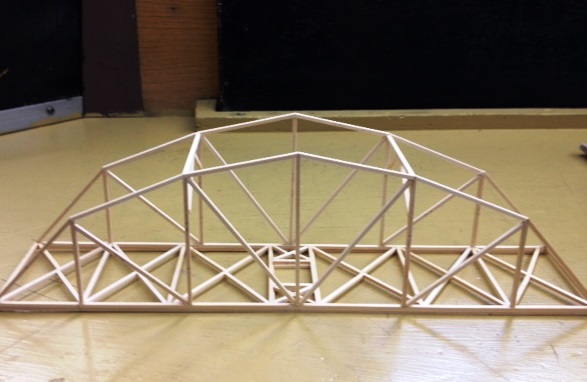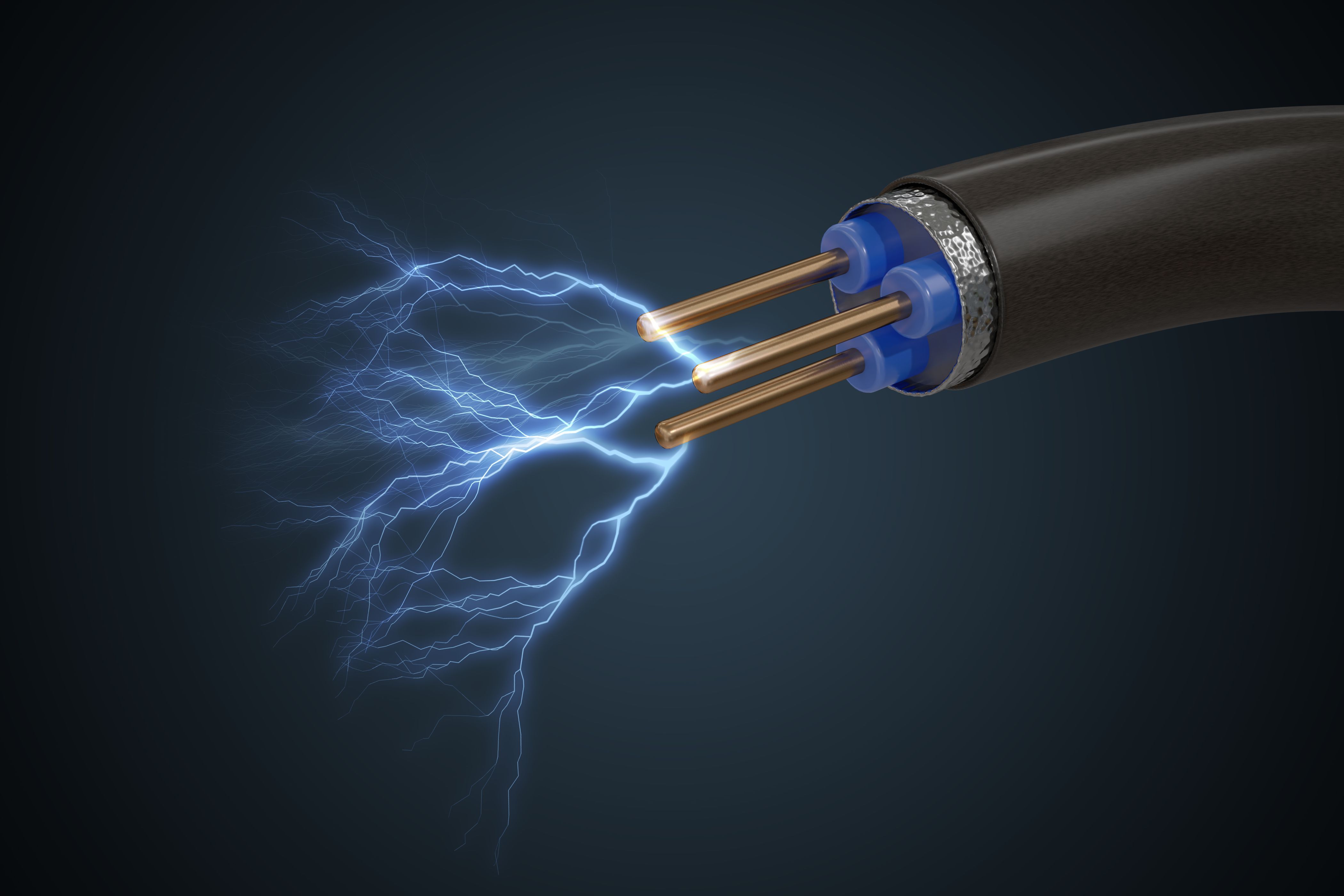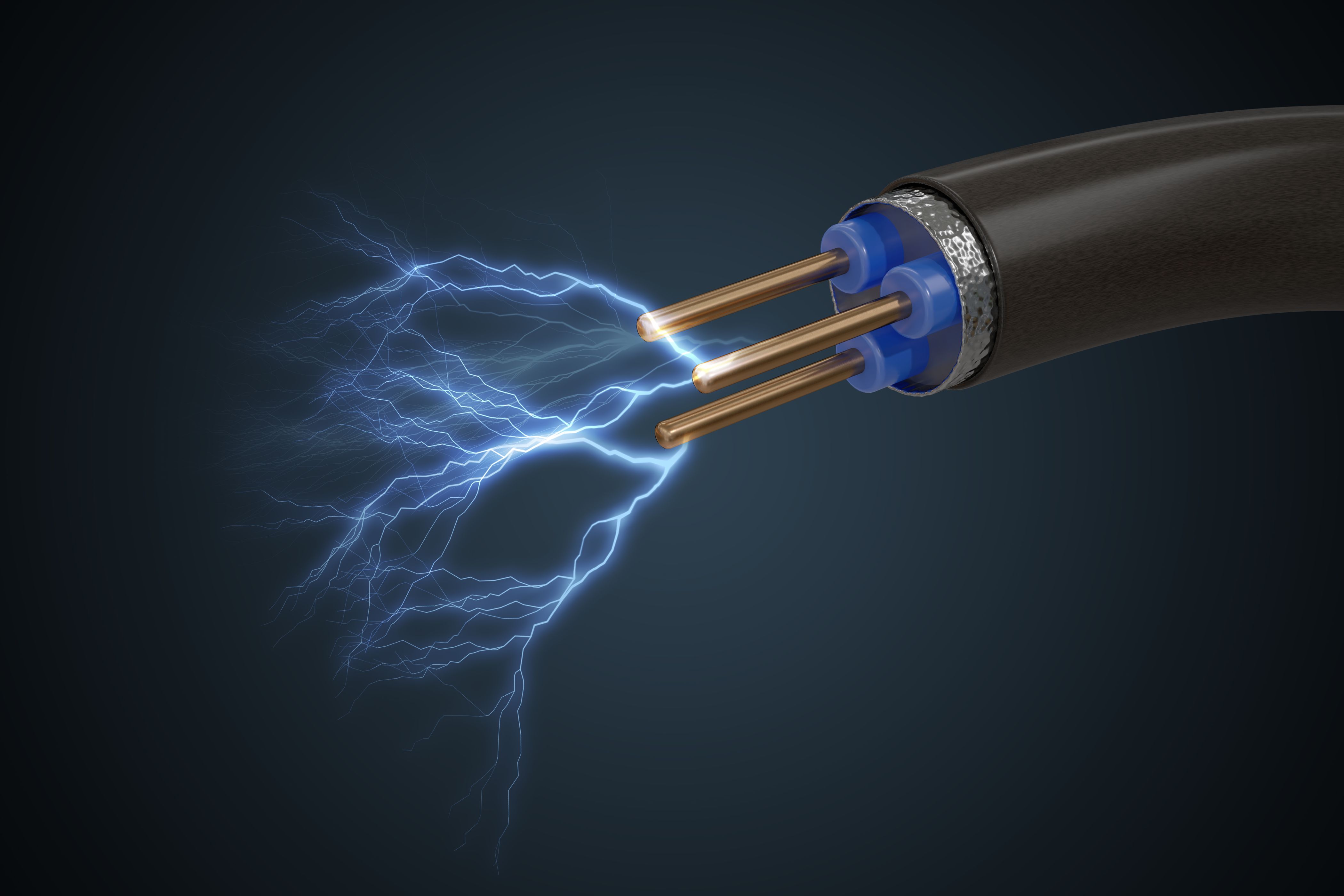Courses by Software
Courses by Semester
Courses by Domain
Tool-focused Courses
Machine learning
POPULAR COURSES
Success Stories
Cyclone Separator Challenge
Cyclone Seperator is a device that is used to seperate the dust particles from the air. or gas They simply employ centrifugal force of the spinning gas to seperate the dust from the cariier gas. Cyclone seperators are well suited for high temperature and pressure conditions because of the robust design it has. The efficiency…
mohit tiwari
updated on 17 Nov 2020
Cyclone Seperator is a device that is used to seperate the dust particles from the air. or gas They simply employ centrifugal force of the spinning gas to seperate the dust from the cariier gas. Cyclone seperators are well suited for high temperature and pressure conditions because of the robust design it has. The efficiency can reach upto 100% for particles size greater than 5 micron. In industries one of the most common challenge is to design a cyclone seperator which can give maximum seperation efficency for smallest of the particles. This is to a greater extent gets affected by the design of cyclone seperator.
Due to its operation based on centrifugal force it is sometimes referred as centifugal seperators. It consist of two simple parts [1] ; the upper body is called barrel and lower body is called as cone.They use the inertial force of the gas particle to generate the vortex in cyclone body. The air enters tangentially at the sideways and the dust particles travels downwards into the cone leaving behind clean air from the top.

In general there are three types of cyclone seperators commonly used in industries which are based on the entry of the dirty air. In the figure 2 (a) [1] shows the air entering tangentially leaving fresh air upwards and leaving the dust at the bottom. The figure 2(b) shows air entering in the axis parallel to the centrifuge's axis. This type of seperators gives higher efficiency than the regular ones. The final one is when the gas enters from the bottom and leaves from the top.

Since there is no fix set of rules for designing the cyclone seperator majority of them are based on the empirical ones. Researchers based on their experiments have configured the dimensions of the cone and the barrel which are as follows [1].

EMPIRICAL MODELS:- There are 4 models which are popular in predicting the seperation efficiency.
They are:-
- Ioza and Leith Model
- Li and Wang model
- Koch and Leith model
- Lapple model
Ioza and Leith Model:- [3]This model assumes that particle is carried by the influence of two forces:- Centrifugal force and Resistance force.
The collection efficiency of any particle with diameter dp is given by.

Li and Wang Model:- [3] It includes the reentrainment and turbulent diffusion in calculating the seperation efficiency. An analytical model was predicted based on the following assumptions that the particle velocity and the raidal concentration is not constant for uncollected particles within the cyclones.

KOCH AND LEITH MODEL:- [3] They have described the gas residence time within the cyclone. Since the inlet is in tangential direction the tangential velocity of a particle is equal to the tangential velocity of the gas flow, i.e. there is no slip in the tangential direction between the particle and the gas.
• The tangential velocity is related to the radius of cyclone by:
uRn = constant

Lapple model:- [3]This model doesnot take the resistance flow into the account ,Lapple assumed that the particle entering the cyclone is evenly distributed in the inlet of the cyclone. The particle that travels from inlet half width to the wall in the cyclone is collected with 50% efficiency. The semi empirical relationship developed by Lapple (1951) to calculate a 50% cut diameter, dpc, is

ROLE OF CFD :- Since the advancement in the CFD the discrete phase modelling has now been used in simulating the efficiency of cyclone seperators. Volume extraction method was used to extract the volume of fluid in the cyclone seperator. The dimensions are as follows.


Meshing:- Mosiac meshing was performed to generate the mesh. ANSYS fluent meshing helped generating poyhedra mesh with maximum skewness of 0.65. In meshing 344252 lakh mesh elements were generated. The meshed body is shown in figure.

Processing:- Discrete phase modelling (DPM) follows Euler Langrangian approach in ANSYS Fluent. Discrete phase can either be a particle, droplet or bubble. During this type of analysis fluid phase is treated as continuum by solving NS equation while the dispersed phase is solved by tracking large no. of particles, bubbles or droplets. A fundamental assumption is made that the dispersed phase is less than 10%in volume fraction. The trajectory of the dispersed phase is solved by integrating the inertial force balance with force acting on the particles.
Out of the two phases, one is continous while the other being discrete coupling has to be done in order to solve. There are two types of coupling one is One way coupling while the other is Two way coupling [2].
- One way Coupling-
The fluid phase(continous) influences the discrete phase via drag and turbulence.
The discrete phase has no influence on the continuous phase. - Two-way coupling-
The continuous phase influences the discrete phase via drag and turbulence.
The discrete phase influences the continuous phase via source terms of mass, momentum, and energy.
It alternately solves the discrete and continuous phase equations until the solutions in both phases stop changing.
As seen two way coupling can be quite expensive computationally but can provide greater accuracy.
Pressure based solver was used with gravity enabled in the negative Y direction. k epsilon RNG model with swirl dominant flow was used to perform the simulation.


As said earlier tracking parameters refers to the time integral of the discrete particle and for better accuracy higher the no. of steps are required. The same goes with the legth factor which indicates the step size of the time integral when discrete particle will be tracked. DPM Iteration interval refers to the tracking of discrete phase after every 10 (or any specified value) iterations. Here the default value is 10.

- Simulation was performed in two parts. Part A consist of varying the velocity with a fix particle size diameter of 5 micron whereas the part B consist of fix velocity of 3 m/s with varying particle diameter size. The following results were obtained from the simulation.
- The boundary conditions were set to Reflect, Trap and Escape. Reflect refers to the the type of collision the dispersed phase can have with the fluid. This can be either elastic or inelastic collision. In order to define this, coefficient of restitution has to be defined, which is the amount of momentum in the direction normal to the wall retained by the particle after collision with the boundary. During simulation both tangential and normal Coefficient of restitutuion is set to 1 which indicates that the collision is completely elastic i.e the particle retains its momentum.[2]
- Trap refers to the trajectories being terminated and referred as trap. For droplet type of dispersion it can be said that the droplet is traped if it collides with the adjacent boundary wall and transfers the entire mass instantenously. [2]
- The particle is reported as having "escaped'' when it encounters the boundary in question, trajectory calculations are terminated.[2]
- The seperation efficiency was calculated based on the formula:
- Seperation efficiency = Particles Trapped/ Particles tracked.
-
PART A Cases Velocity (m/s) Dia(micron) Partickes tracked Particles escaped Particles Trapped Incomplete Pressure inlet (Pa) Pressure outlet 1 bottom (Pa) Pressure difference Seperation Efficiency Mass Flow in (kg/s) Mass flow outlet top (kg/s) Mass flow outlet bottom (kg/s) Case 1 3 5 1537 428 1103 6 12.153 0 12.153 71.76317502 0.018 -0.013 -0.0048 Case 2 4 5 1537 161 1373 3 21.4 -0.026 21.426 89.32986337 0.0245 -0.0179 -0.0065 Case 3 5 5 1537 27 1510 23.93 -0.046 23.976 98.24333116 0.03063 -0.023 -0.0068 Case 4 2 5 1537 554 981 1 1.29 0 1.29 53.93623943 0.01225 -0.009 -0.003 Case 5 1 5 1537 707 829 2 5.27 0 5.27 63.82563435 0.00613 -0.0045 -0.0015 PART B Case 1 3 1 1537 736 795 6 12.15 0 12.15 51.72 0.018 -0.013 -0.0048 Case 2 3 2 1537 690 842 5 12.15 0 12.15 54.78 0.018 -0.013 -0.0048 Case 3 3 3 1537 639 896 2 12.15 0 12.15 58.30 0.018 -0.013 -0.0048 Case 4 3 4 1537 550 984 3 12.15 0 12.15 64.02 0.018 -0.013 -0.0048 Case 5 3 5 1537 424 1107 6 12.153 0 12.153 72.02 0.018 -0.013 -0.0048
-



The results found were as expected and the particles with heavier masses were trapped in larger amount than particles of lesser masses, this is simply due to centrifugal force in the cyclone seperator.
With increase in the velocity also the seperation efficiency increased which is in well accordance with the centrifugal force concept.
Solution:-
The following results were found for PART A which shows that residualas were found to be converging after approx. 150 iterations.


The particle tracking in the post processing was found to be:-
![]()
![]()


https://www.youtube.com/watch?v=GWVdGqnJv3c&feature=youtu.be
Conclusion:- The following conclusion were made based on the analysis:-
- With increase in the velocity the seperation efficiency was found to be increasing and the same has been mentioned in the literatures, the efficiency can shoot upto 100 % for particles greater than 5 micron particle size.
- With increase in the velocity the mass flow rate was found to be increasing. Since the mass flow at inlet and outlet are same the results can be verified.
References:-
- [1] Bashir, Kashan. (2015). Design and fabrication of cyclone separator. 10.13140/RG.2.2.20727.83368.
- [2] https://skill-lync.com/knowledgebase/theory-guide-for-discrete-phase-modelling
- [3] Gimbun, Jolius & Luqman Chuah, Abdullah & Choong, TSY & Fakhru'l-Razi, A.. (2005). A CFD Study on the Prediction of Cyclone Collection Efficiency. International Journal for Computational Methods in Engineering Science and Mechanics. 6. 161-168. 10.1080/15502280590923649.
- [4]Gimbun, Jolius & Luqman Chuah, Abdullah & Choong, TSY & Fakhru'l-Razi, A.. (2005). A CFD Study on the Prediction of Cyclone Collection Efficiency. International Journal for Computational Methods in Engineering Science and Mechanics. 6. 161-168. 10.1080/15502280590923649.
Leave a comment
Thanks for choosing to leave a comment. Please keep in mind that all the comments are moderated as per our comment policy, and your email will not be published for privacy reasons. Please leave a personal & meaningful conversation.
Other comments...
Be the first to add a comment
Read more Projects by mohit tiwari (9)
Week 10 - Simulating Combustion of Natural Gas.
The following objectives were undertaken during this project:- Part I Perform a combustion simulation on the combustor model and plot the variation of the mass fraction of the different species in the simulation using line probes at different locations of the combustor as shown in Fig. You need to plot for CO2,…
13 Apr 2021 10:02 AM IST
Gate Valve Parametric Study
A valve is a simple mechanical or electro-mechancial device that can help to regulate, control and direct the flow of fluid by opening it completly or partially. The classification of valves based on their use is vast. The selection of appropriate valve in HVAC, REFRIGERATION and piping industry is of prime importance…
15 Dec 2020 05:02 AM IST
Cyclone Separator Challenge
Cyclone Seperator is a device that is used to seperate the dust particles from the air. or gas They simply employ centrifugal force of the spinning gas to seperate the dust from the cariier gas. Cyclone seperators are well suited for high temperature and pressure conditions because of the robust design it has. The efficiency…
17 Nov 2020 09:19 AM IST
Conjugate Heat Transfer Analysis on a graphics card.
The following work has been performed on SpaceClaim, Fluent meshing, Gambit meshing and ANSYS Fluent. Graphics Card is one of the crucial component on PC/Laptop to perform critical tasks. With recent advancements in the technology to perform the analysis the smaller the the card the compact the system. The higher…
15 Sep 2020 05:10 AM IST
Related Courses






0 Hours of Content

Skill-Lync offers industry relevant advanced engineering courses for engineering students by partnering with industry experts.
Our Company
4th Floor, BLOCK-B, Velachery - Tambaram Main Rd, Ram Nagar South, Madipakkam, Chennai, Tamil Nadu 600042.
Top Individual Courses
Top PG Programs
Skill-Lync Plus
Trending Blogs
© 2025 Skill-Lync Inc. All Rights Reserved.








